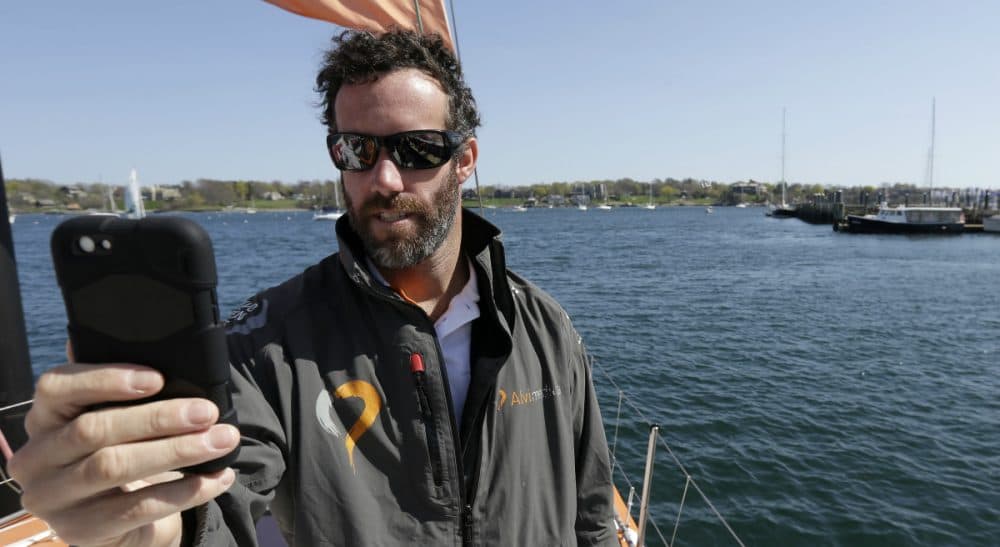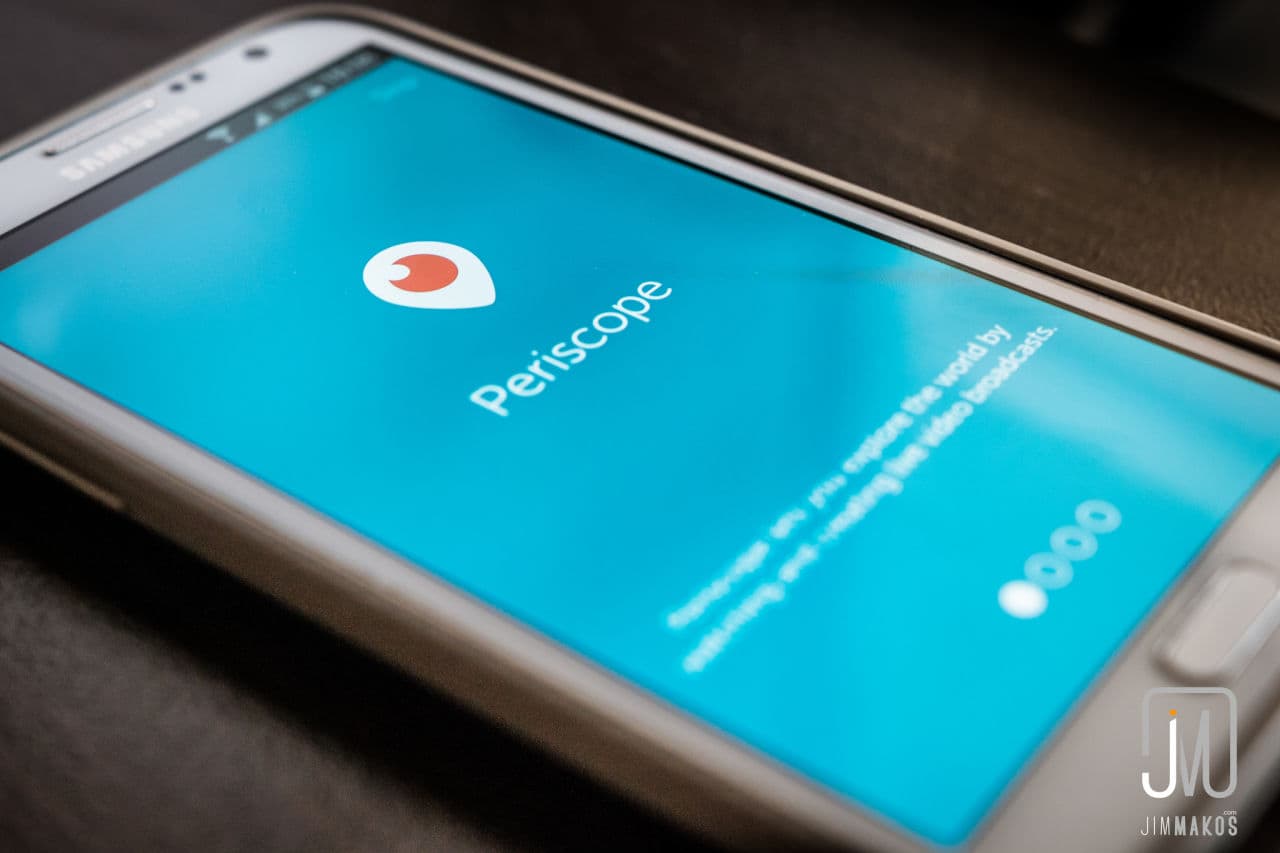Advertisement
Periscope Review: Once You Get Past The Silliness And Self-Promotion, An Opportunity For Meaningful Sharing

Flames shoot up beneath the arcing canopy of a hot air balloon. A concerned narrator shows us a child squatting in the post-earthquake ruins of a Nepalese village. Drummers drum, parasailers set down in the surf, and a sweet-looking boy at a piano looks up from playing the video’s soundtrack. With its closing exhortation to “Explore the world in real time through someone else’s eyes,” the trailer for Periscope — the new mobile video streaming app recently acquired by Twitter — is enticing.
My job is to understand and immerse myself in the lives of consumers, so Periscope’s invitation to be someone else’s remote sidekick was appealing. Yesterday, my colleagues and I tested it out. Sitting in a conference room with spotty 3G and WiFi, my co-worker Mike started live streaming from his iPhone. I followed him on my laptop computer via his Twitter account, while Emily followed him in the Periscope app installed on her phone. Sure enough, within seconds, we were witnessing Mike’s video scan of the room — his scrawls on a notepad in front of him, the cardboard silhouettes the boxy drawings on the whiteboard on the wall behind us — while hearing our own time-lagged conversation in the background.
Perhaps Periscope will, like the device it’s named after, allow us to look up and out beyond our direct line of sight, letting us explore the world of others and forge empathy with strangers.
Next Emily installed the app and began streaming the same mundane sights of the conference room. Unlike Mike, in the first five seconds, she had multiple viewers joining in. She knew none of them, but within half a minute, 57 random people around the world eager to watch whatever a female might choose to share, were sending a steady stream of hearts (the Periscope equivalent of the blue Facebook thumbs up) her way. Emily recoiled, throwing her phone down on the table. Who were these people? It’s as if they were just lying in wait.
Years earlier, when Second Life was all the rage, Mike had created an account and gone exploring in that virtual world. His experience was comparable to Emily’s. The moment he appeared on the edge of the Second Life Welcome Center, his avatar was approached by a prostitute in a scarlet corset. In fact, he couldn’t ambulate more than about 10 virtual feet without being hit on by a string of pixelated hookers.

I’m not suggesting that all Periscope users are stalkers and creeps. Some are talented people, like the magician I just watched perform a trick in a New York City restaurant. At least a few are earnest, would-be citizen journalists showing us the stretch of the Yangtze River in which a boat capsized a few days ago, or the Manhattan block on which a knife-wielding man had attacked pedestrians. Some are untalented but beautiful people, like the “broadcast personality” who flirted with the phone camera with remarkable effectiveness and seemed likely to achieve her goal of obtaining 30,000 hearts from the viewers worldwide who wrote uplifting comments like “Great hair!!!!” and “Yeah, baby!” And inevitably, some are the freaked out people caught unaware, like the young man who hid under his blanket as his laughing, clueless roommate insisted on streaming the sight of him to strangers like me.
And yet all of this banality is mesmerizing. Scrolling through Periscope clips, I feel as I did when traveling down the long ribbon of road between Anchorage and Fairbanks, staring intently out the window, waiting for the massive peak of Mount McKinley to be revealed above the clouds. It’s a visceral sense of anticipation, the modern hope that something amazing or enlightening might be just about to happen, and I’ll see it in real time, as it unfolds.
The disturbing question is why I don’t bring that same eagerness and curiosity to the life around me.
The disturbing question is why I don’t bring that same eagerness and curiosity to the life around me. And the only answer I can muster is that the mix of randomness and video — which implies entertainment — is an addictive one.
I expect that like MySpace, Facebook, and YouTube, Periscope will initially be adopted by technophiles and sexual predators (not that I’m equating the two), then by teenagers and scrappy self-promoters, with brands and advertisers hot on their heels. What started out as spontaneous and potentially eye-opening tool will quickly be appropriated and monetized like all of its predecessors.
But maybe, just maybe, it will fulfill the promise of its tagline, and of so many of its social media ancestors. Perhaps Periscope will, like the device it’s named after, allow us to look up and out beyond our direct line of sight, letting us explore the world of others and forge empathy with strangers. To that I say: Up Periscope.
